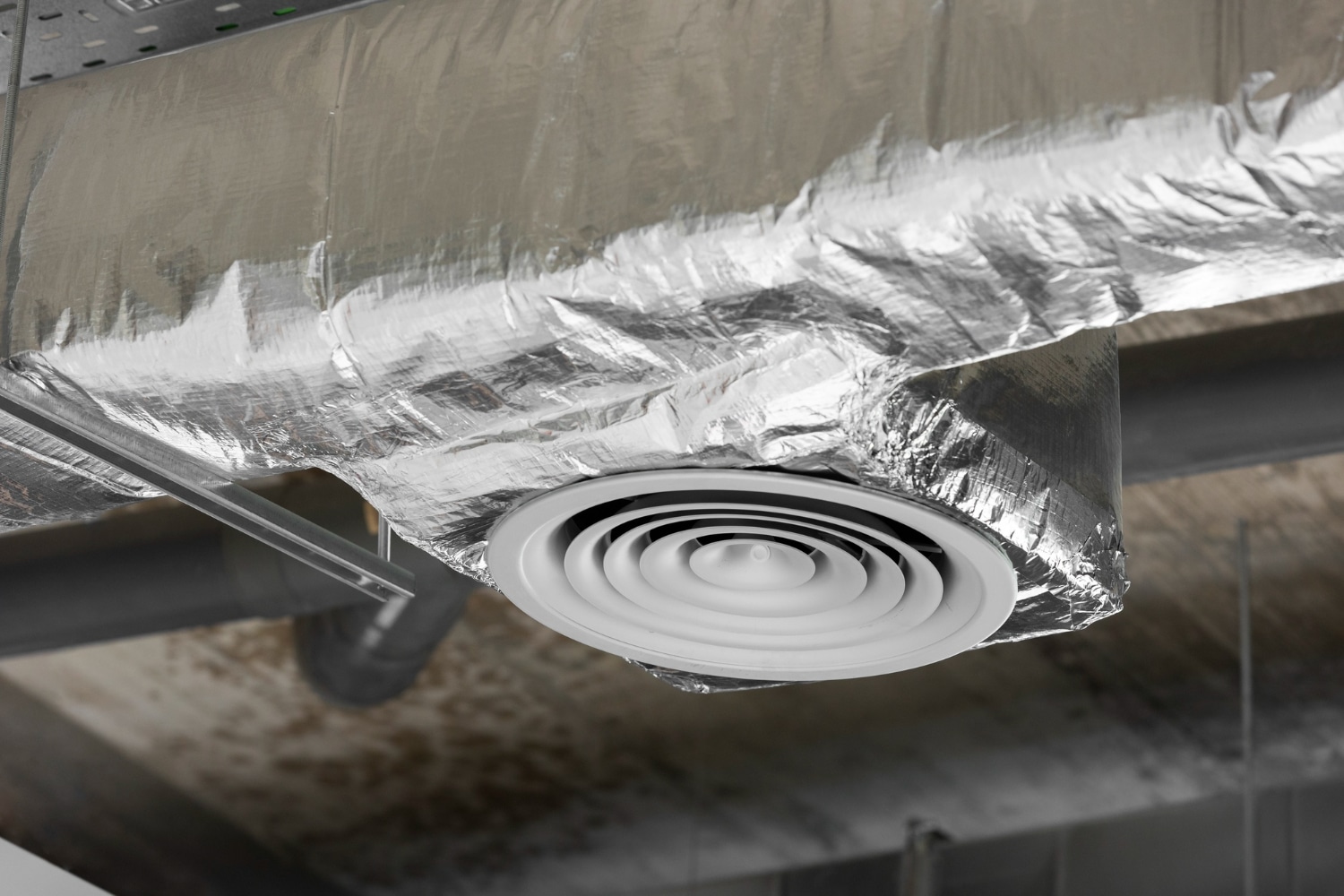Have you ever noticed water dripping from your air conditioning ducts or observed condensation on your HVAC system? This issue, commonly called air conditioning ducts sweating, is more than an inconvenience. It can signal underlying problems with your HVAC system or even lead to more serious issues if left unaddressed. In this blog, we’ll dive into why this happens, its potential effects, and practical solutions to help you keep your system running smoothly.
What Is Air Conditioning Ducts Sweating?
Air conditioning ducts sweating occurs when condensation forms on the surface of the ducts. This is similar to how water droplets appear on a cold glass of water in a warm room. The temperature difference between the cold air inside the ducts and the warmer air surrounding them causes moisture in the air to condense on the cooler surface.
Causes of Air Conditioning Ducts Sweating
- High Humidity Levels: One of the primary causes of ductwork sweating is high humidity in your home. When the indoor air is humid and comes into contact with the cold surface of the ducts, condensation forms.
- Improper Insulation: Ducts that are not properly insulated are more prone to sweating. Insulation helps keep the temperature of the air inside the ducts consistent and prevents condensation from forming on the exterior.
- Air Leaks: Leaks in the ductwork can cause conditioned air to escape, leading to temperature fluctuations that result in sweating. Additionally, these leaks can introduce humid air into the duct system.
- Inadequate Airflow: If your HVAC system isn’t distributing air efficiently, certain areas of the ductwork may get colder than others, causing localized sweating.
- Clogged Air Filters: Dirty or clogged air filters can restrict airflow, leading to issues with temperature control and increased chances of condensation on the ducts.
Potential Consequences of Sweating Ducts
- Damage to Ductwork: Persistent condensation can lead to rust and corrosion, which may weaken and damage your ductwork over time.
- Mold Growth: The moisture from sweating ducts can create a breeding ground for mold and mildew, which can spread and affect indoor air quality.
- Increased Energy Costs: Sweating ducts often indicate inefficiencies in your HVAC system, which can lead to higher energy bills as the system works harder to maintain the desired temperature.
- Water Damage: Excessive condensation can lead to water dripping onto other areas of your home, potentially causing water damage to ceilings, walls, and floors.
Solutions to Address Ductwork Sweating
- Improve Insulation: Ensure that your ducts are properly insulated to maintain consistent temperatures and reduce the risk of condensation. If your ducts are exposed, adding insulation can make a significant difference.
- Control Humidity: Use a dehumidifier to manage indoor humidity levels, especially in areas prone to high moisture. Keeping humidity levels between 30-50% can help minimize condensation.
- Seal Air Leaks: Inspect your ductwork for any leaks and seal them to prevent conditioned air from escaping and humid air from entering.
- Regular Maintenance: Schedule regular HVAC system maintenance to ensure optimal performance. This includes changing air filters, checking for proper airflow, and addressing any issues promptly.
- Adjust Temperature Settings: If you notice sweating during specific times or conditions, adjusting your thermostat settings might help. However, ensure that the temperature changes are not too extreme, as this can lead to other issues.
- Consult a Professional: If you’re unsure about the cause or solution for your sweating ducts, it’s best to consult an HVAC professional. They can perform a thorough inspection and provide tailored recommendations.
Air conditioning ducts sweating is a common issue that can lead to various problems if not addressed promptly. By understanding the causes and implementing the solutions outlined above, you can mitigate the effects of condensation and ensure your HVAC system operates efficiently. Regular maintenance and attention to humidity and insulation are key to keeping your ducts dry and your home comfortable.
Feel free to reach out to Morelli Heating and Air Conditioning if you have any questions or need further assistance with your HVAC system. We’re here to help you maintain a healthy and efficient home environment!









Excellent! Please Rate us 5-stars
...and leave a helpful review.
Would you recommend Morelli Heating and Air?